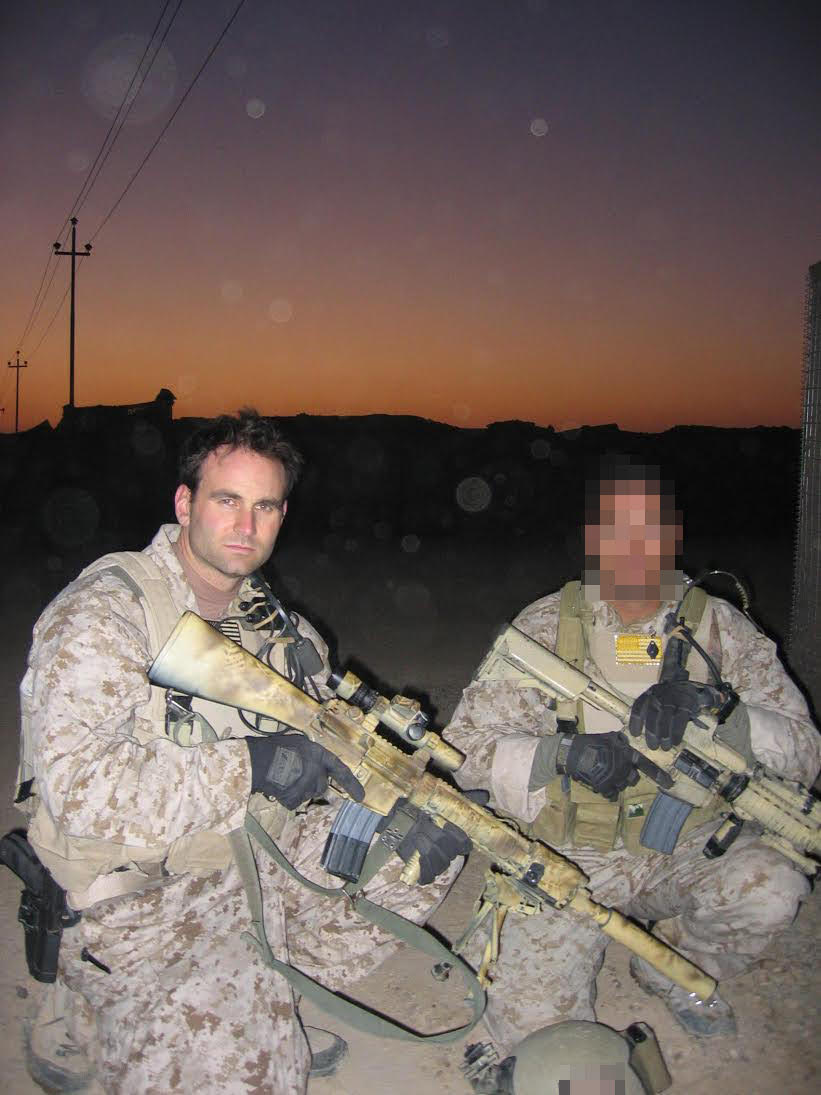The Navy SEAL Elite Sniper Program: 3 months of hell

The cold morning air was thick in the Afghan valley. Each warm exhale briefly clouded the outer corner of my rifle scope. But I remained stable and kept a clear view of the middle-aged man.
He wore traditional Afghan dress and hunched, possibly a story from the Soviet or Taliban conflict.
The intense training I had received years before on the Navy SEAL sniper course had taught me to be patient, to wait for the perfect shot, to make sure it was a naughty, controlling my breathing, then going through my mental checklist...breathe, focus, squeeze.
I reflected internally. I was the only one to hold this man's life in my hands. And he had no idea I was aiming for center mass with my 300 Win Mag.
At long range, it is essential to consider all environmental and ballistic factors. Wind, temperature, barometric pressure, degree of latitude, ball speed and Coriolis force (rotation of the earth).
Every detail of this shot and the local terrain had been pre-programmed into my handheld which spit out a final shot solution. After our platoon commander, Cassidy, waved me off, I had to make this shot.
Most of the tasks I did with SEAL Team 3 in Afghanistan were doing sniper reconnaissance, identifying targets, requesting air support and dropping kills from above , usually in the form of a 1,000-pound JDAM head.
A few were more up close and personal, and stuck in my memory like a personal YouTube channel on repeat.
What's it like to be a sniper and follow the training?
As a former Navy SEAL sniper, instructor of the basic course and then the advanced course, and ultimately the head instructor of the West Coast SEAL sniper program, I know the patience and skill required to earn a sniper degree.
The 21st century sniper is a mature, intelligent shooter who uses technology to his advantage. He has spent thousands of hours honing his skills. He is a master of concealment in all environments, from the mountains of Afghanistan to the crowded streets of Iraq.
He is trained in science, but it is up to him alone to create the individual art of killing. To the sniper, the battlefield is like a painter's blank canvas. It's up to him to use his tools, training and creativity to determine how the final shot will unfold and the devastating psychological impact that is ultimately the result of his actions.
What does it take to become a Navy SEAL sniper?
The SEAL course is arguably one of the best. It is one of the most challenging and technically advanced courses in the world.
What kind of person is willing to crawl on the hot desert floor for hours, urinate on the spot, move a few feet to settle on a target, and wait hours more for the perfect shot? The answer is the well-trained sniper.

The Three Phases of SEAL Sniper Training
In the first phase, the candidate learns the latest digital photography techniques, computer image manipulation/compression and satellite radio communications.
Phase two is the reconnaissance part of the training. The name of the game is stealth and concealment. During this phase, the sniper learns the art of camouflage, small unit tactics, patrol techniques and, above all, how to enter and exit hostile enemy areas without being detected and without leaving a trail. trail behind him.
To prove the value of mental management and repetition, I often tell a true story on the subject. A Navy fighter pilot was shot down in Vietnam, captured and imprisoned for years in the notorious POW camp, the "Hanoi Hilton".

An example of this would be the "edge" shot. The trainees are lined up on the firing range and told they have four minutes to run 600 yards, set up on the firing line and wait for their targets to appear.
We mark and measure everything and keep detailed student records. We record everything and make a daily report. Not everyone makes it, and just getting a ticket is extremely competitive.
The Navy SEAL sniper course is renowned for being one of the toughest and most demanding courses in the world. It takes extreme perseverance to earn the title of SEAL Sharpshooter. To date, it is one of the most stressful events of my life, even when compared to my combat periods.
Three months of hell...
We have a saying on SEAL teams, "The only easy day was yesterday."
0 comments